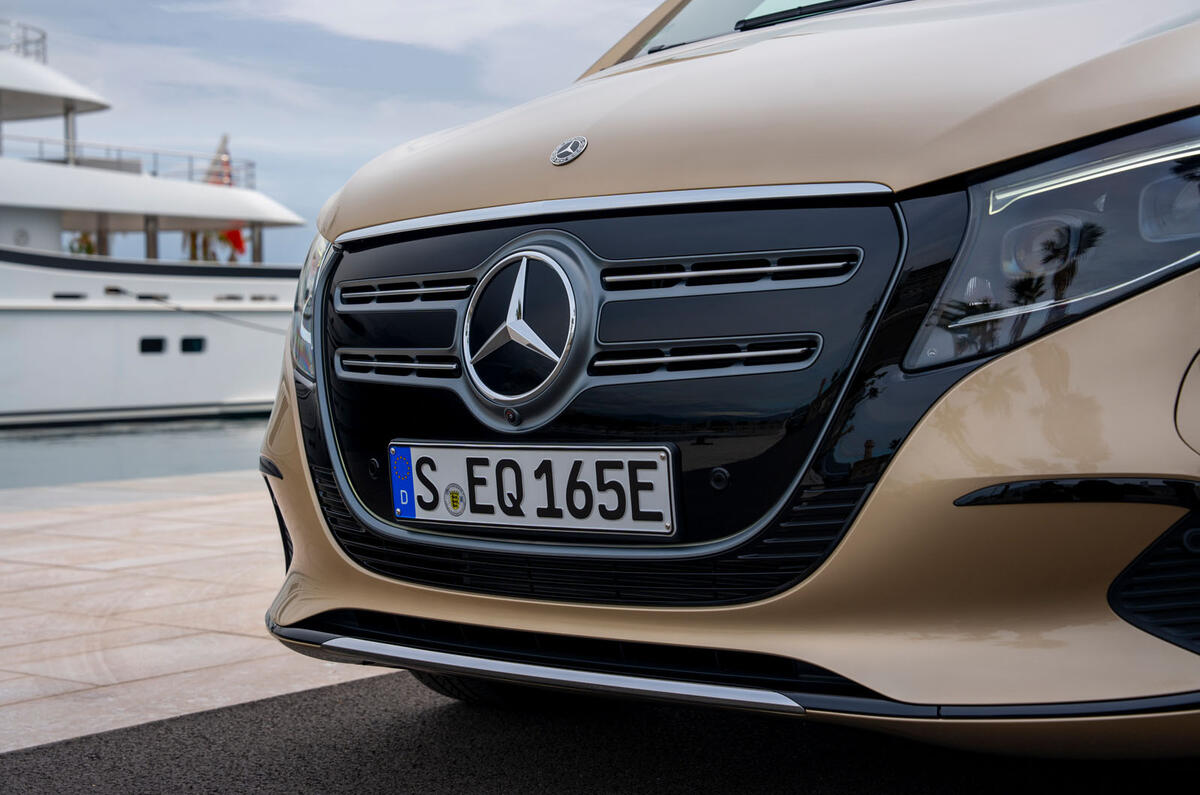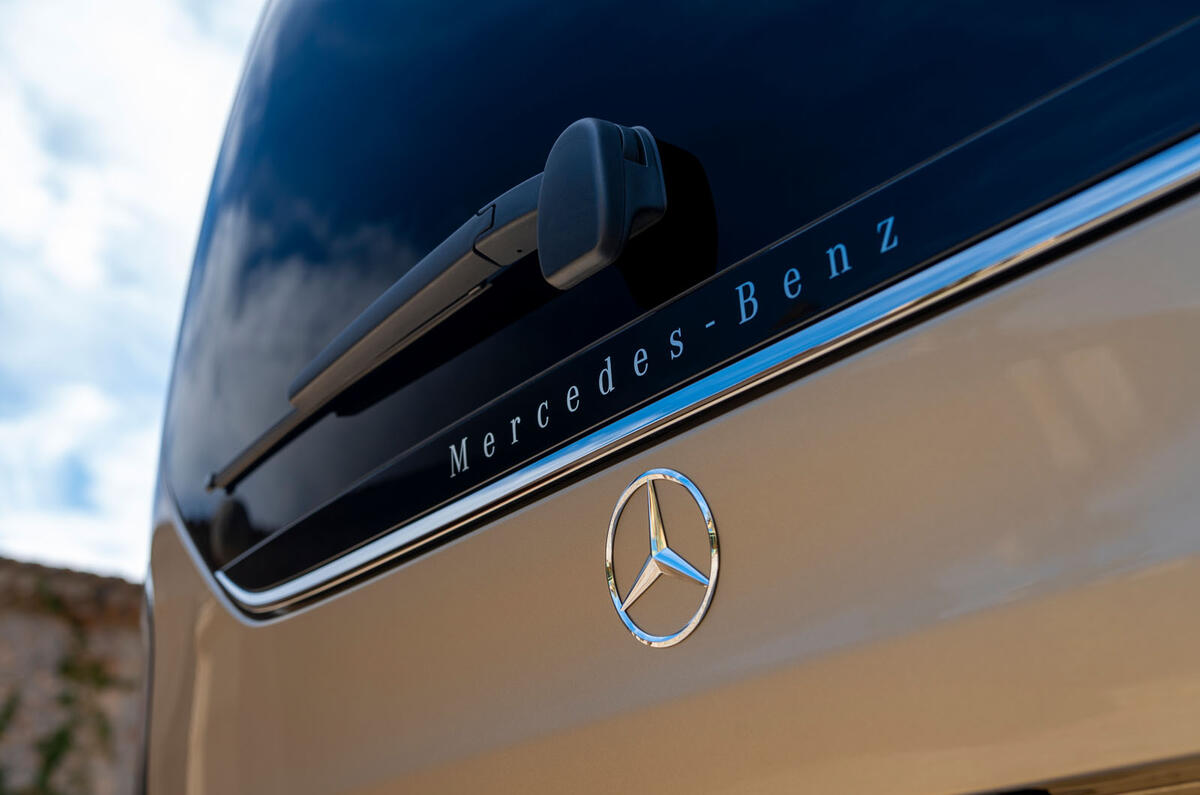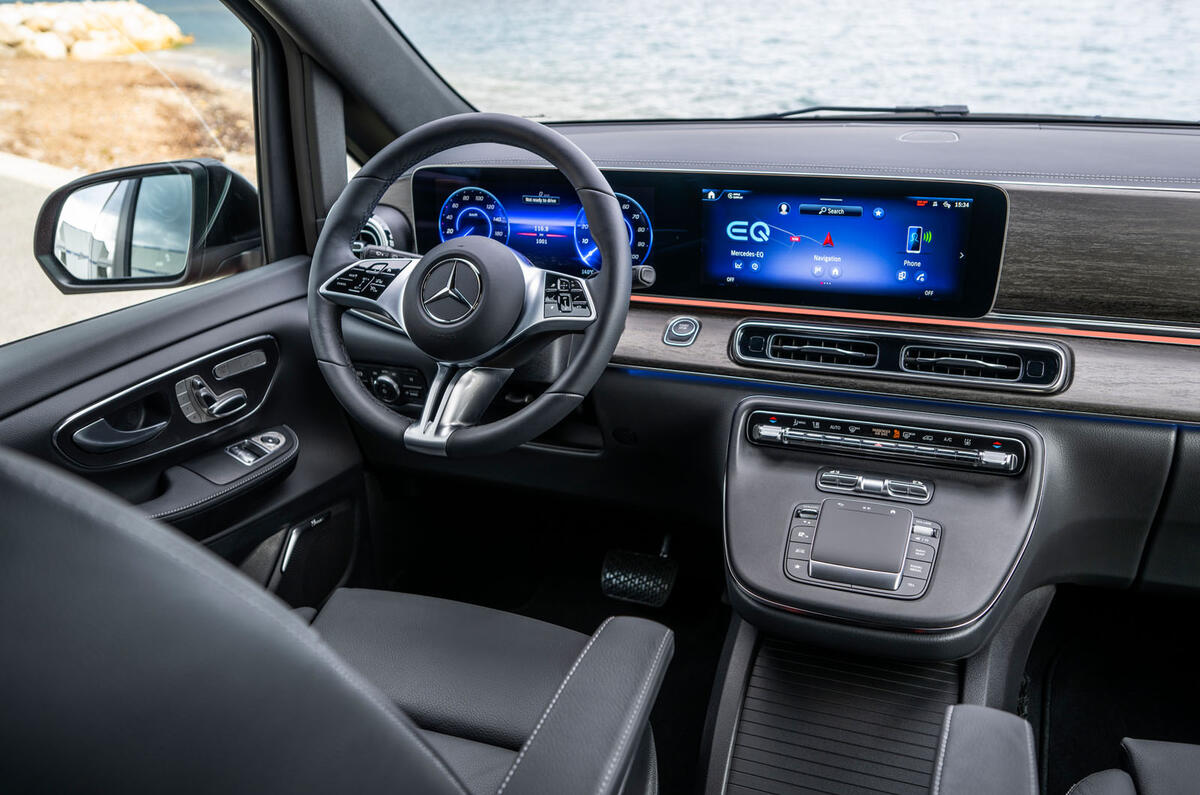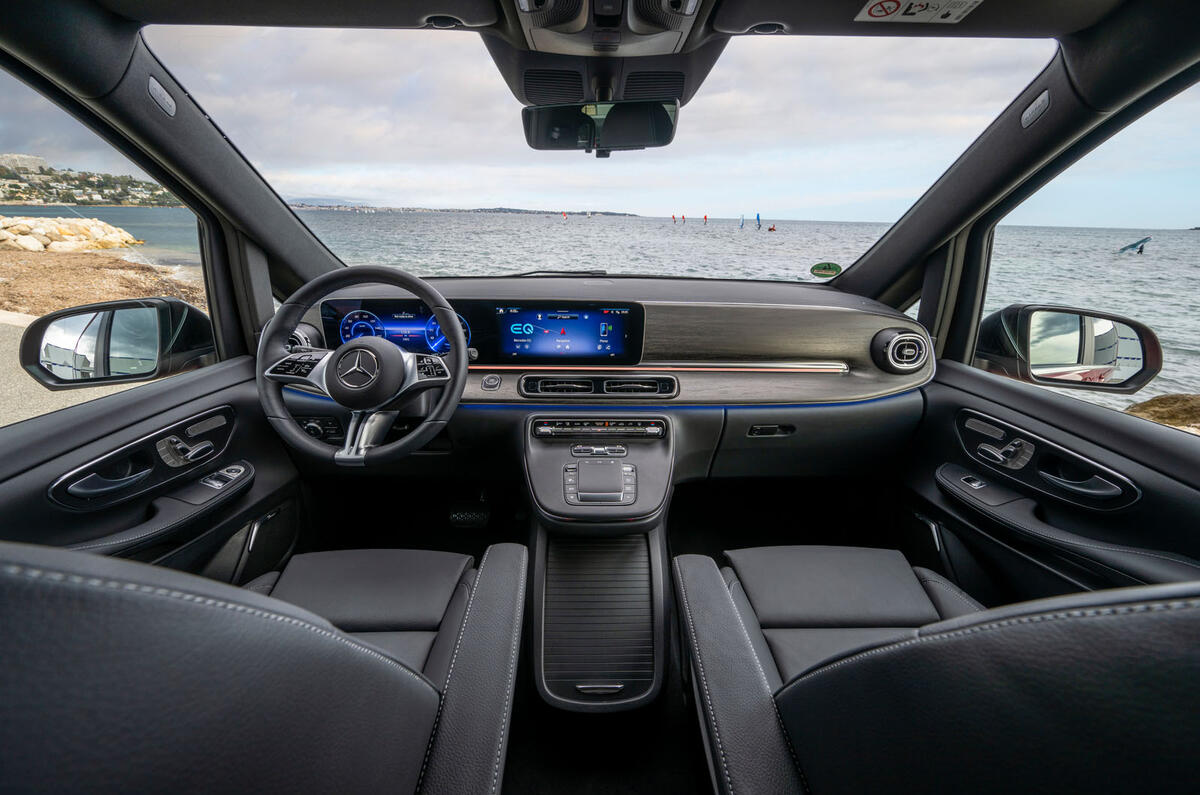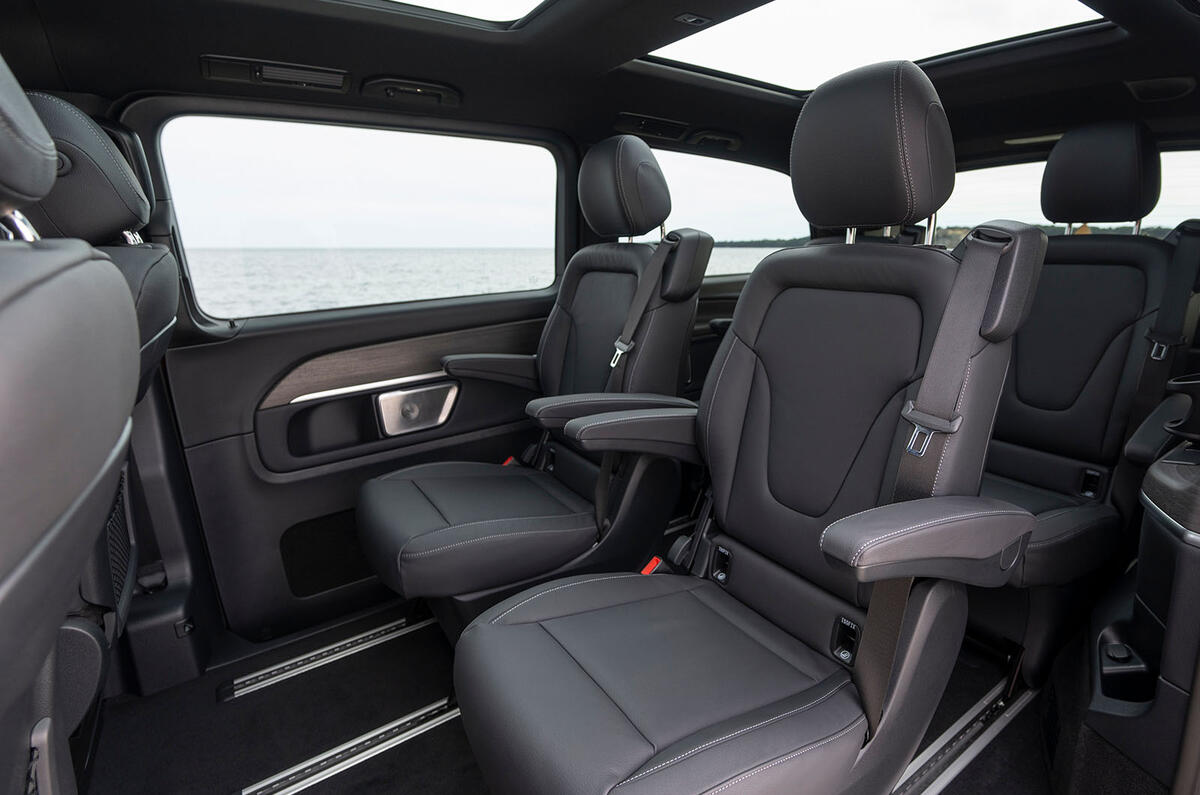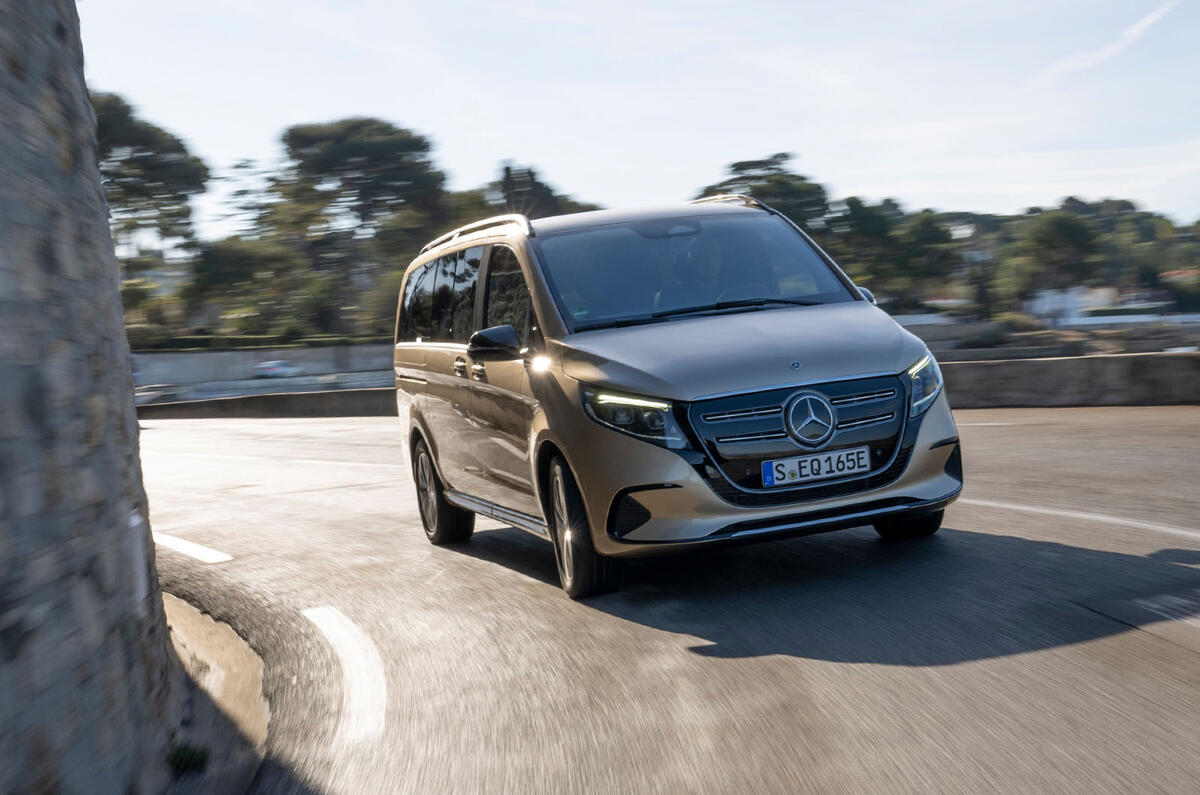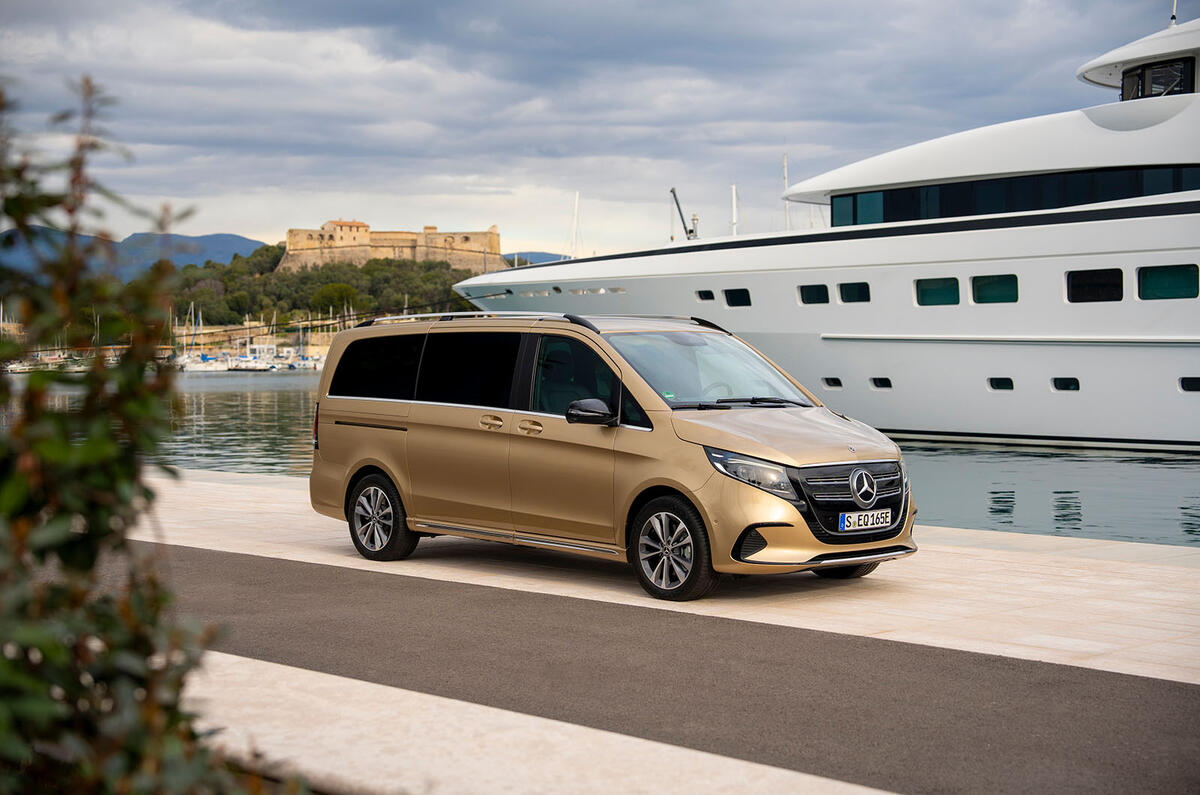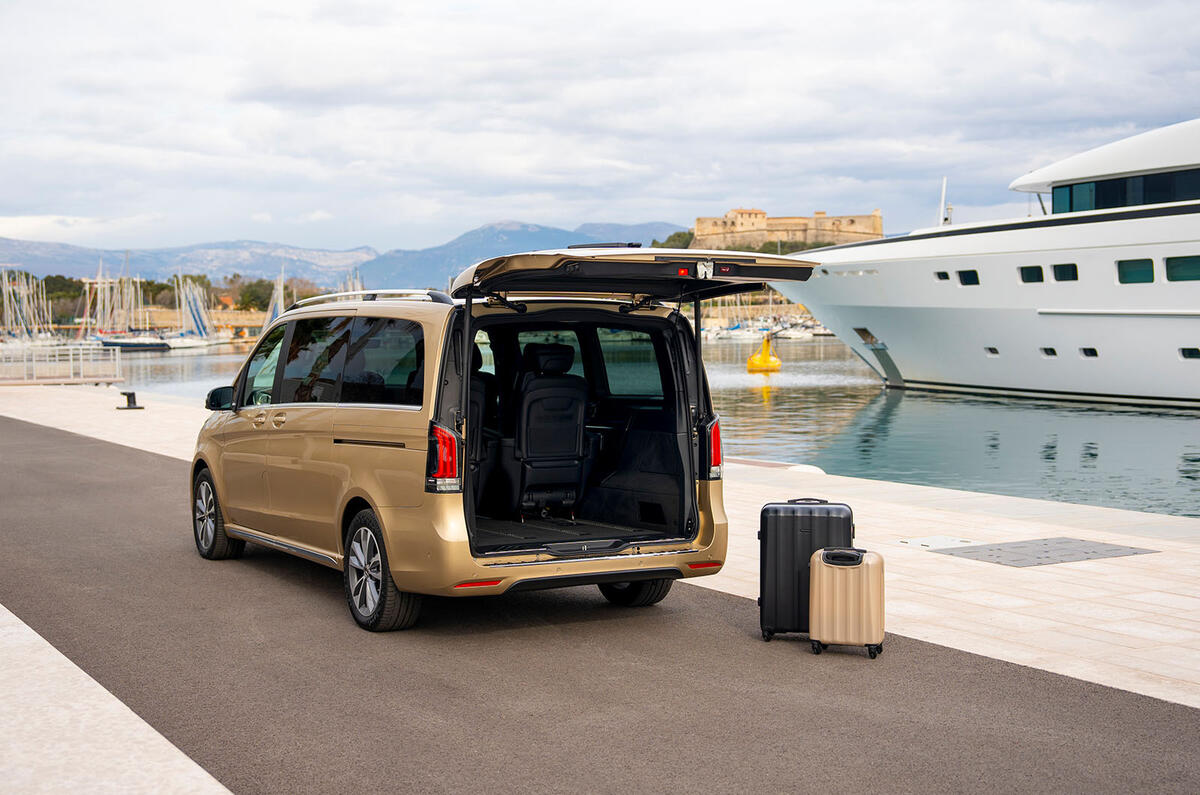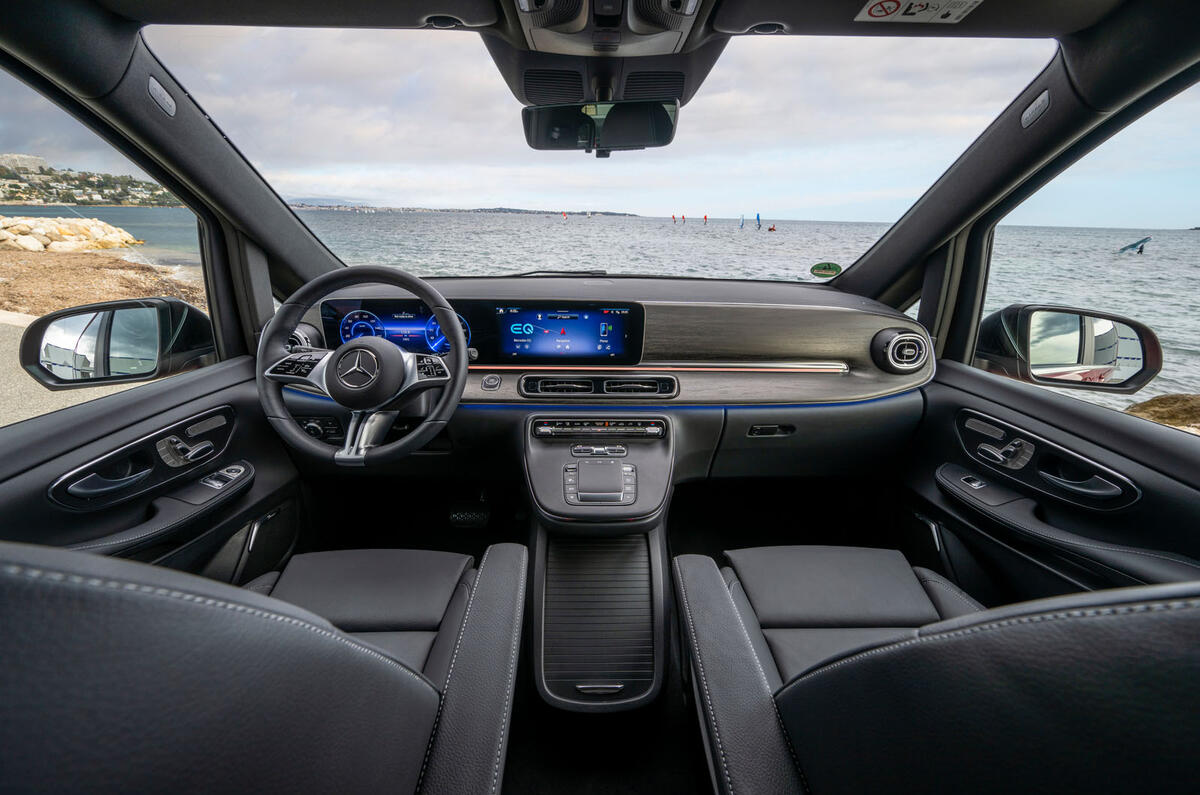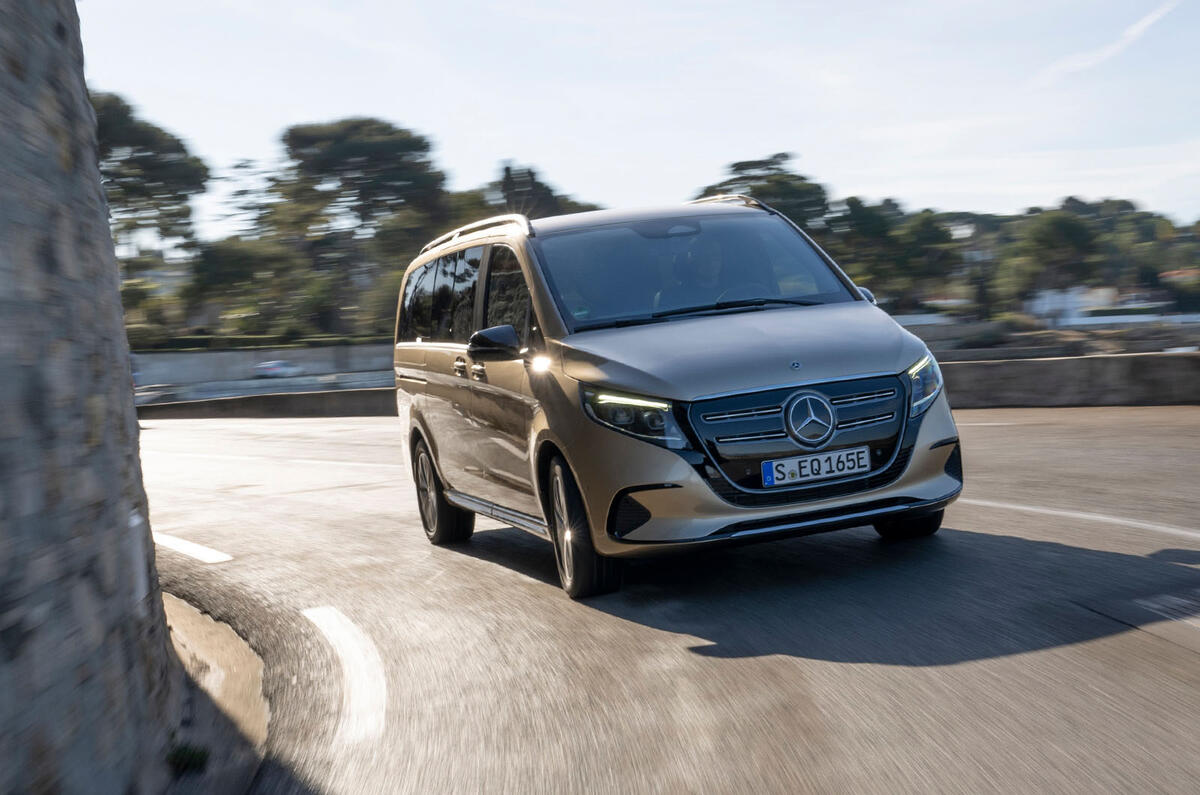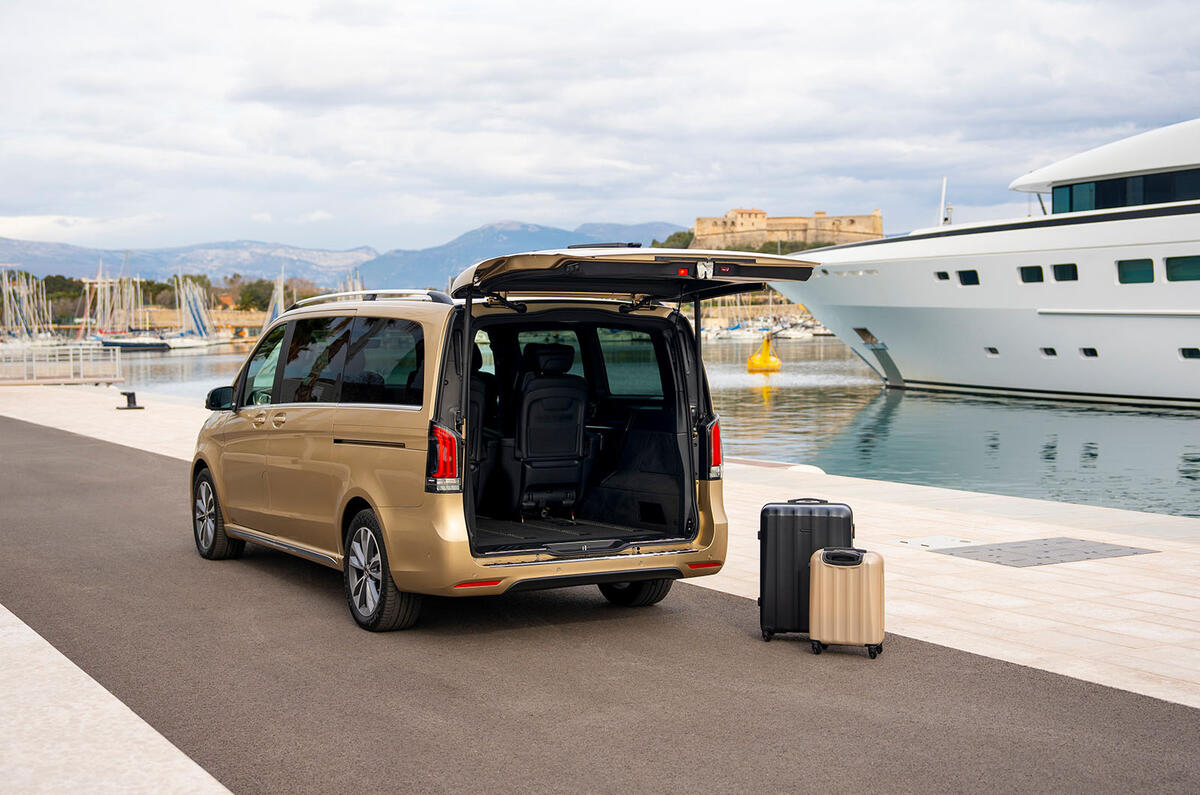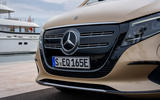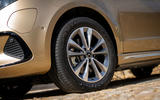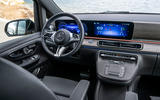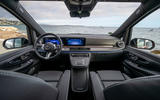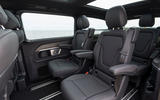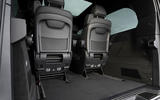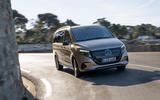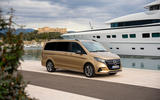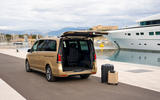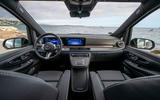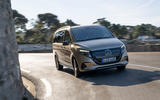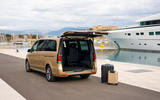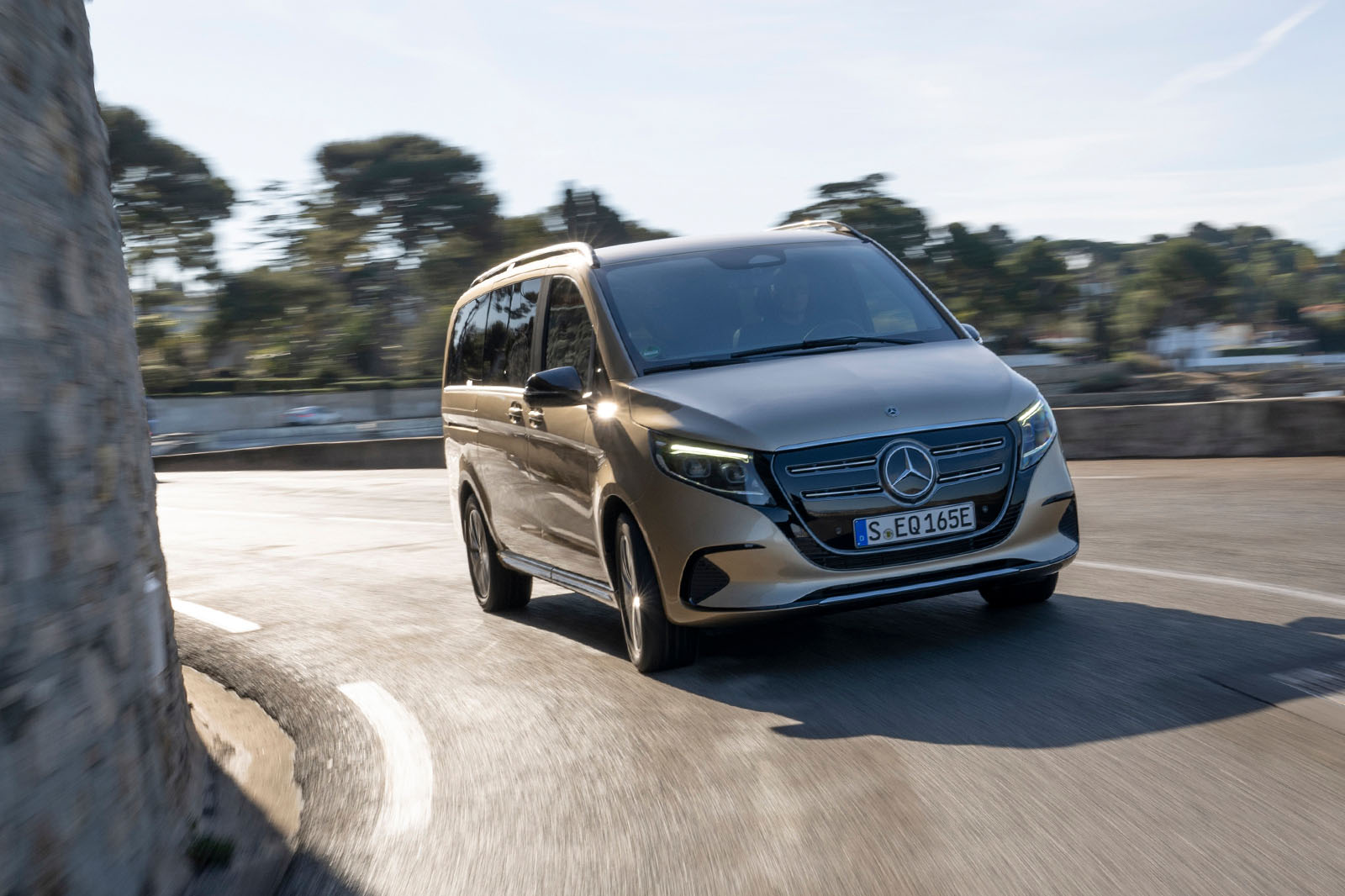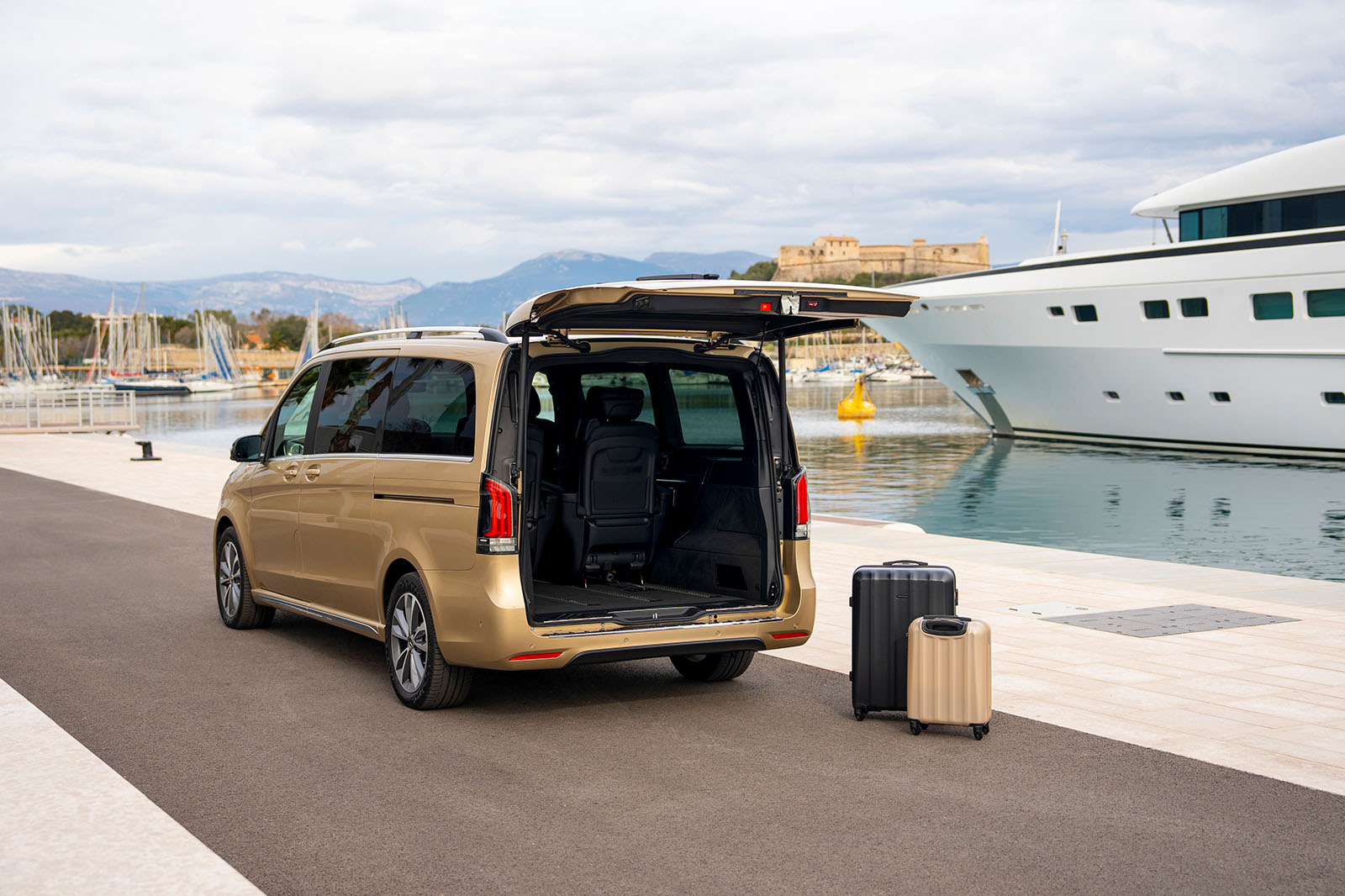You could argue that the Mercedes-Benz EQV, the electric alternative to the Mercedes V-Class, gets very close to being the perfect battery-powered car.
The MPV is generous in size and tall, so a big battery (90kWh in this case) slips underneath it a treat, with little to no sacrifice in floor height or head room.
It’s also one of those vehicles likely to do constant city-to-airport runs, so its journeys will be regular and fairly short, which somewhat mitigates the slightly disappointing 110kW maximum charging rate.
It’s also built for a wide range of loading conditions, be it six passengers plus luggage or just two passengers with luxurious, reclining, S-Class-style seats and essentially the entire load bay to themselves.
And of course there's the fact that Mercedes bills this as the most luxurious electric people mover in the business.
It prices it as such, too: reckon on little or not change from £90,000 before options. Is it worth the money? Let's find out.



